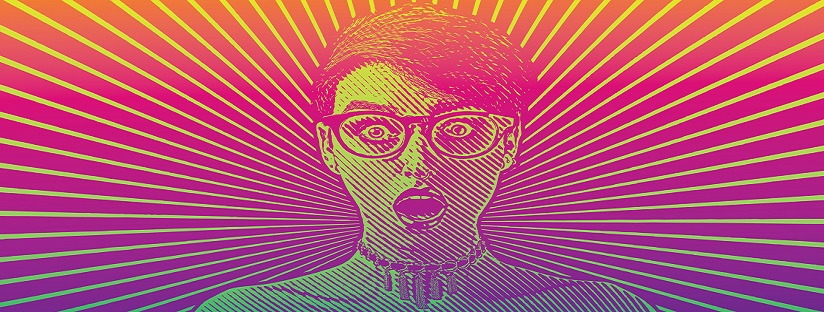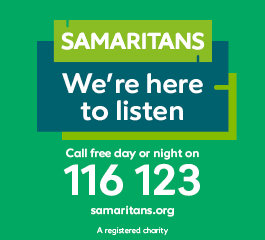Undoing social anxiety with CBT
05 January 2021
We all are likely to have experienced social anxiety in one form or another, and more pervasive forms of anxiety can severely restrict our interactions. Cogitative behavioural psychotherapist with Vita Health Group Michael O’Sullivan, describes the thinking errors that can create high levels of social anxiety, as well as explaining how Cognitive Behavioural Therapy (CBT) techniques can assist us in easing our internal stress.
Seasonal Affective Disorder is not the only condition with the acronym SAD. The other SAD is Social Anxiety Disorder, and it is one the most common of the anxiety disorders. Research cited by NICE states that the prevalence in the general population is as high as 12%.
Social anxiety is the fear of being seen in a negative light by other people. Fear probably does not do justice to its intensity. A person with SAD can almost feel like they can see what they look like through other people's 'eyes' - sweating and blushing.
Jessica Pan sums up the intensity: ‘The fear and bleak reality of being boring and dying having never connected with anyone is vastly underestimated.’
- See also: ‘An introduction to anxiety’
- See also: ‘What happens when catastrophic thoughts become a reality?’
- See also: ‘Nightmare in the daylight or deja-vu of the second wave’
SAD can feel even more relevant now amid a pandemic that has limited our social contact with others and increased our sense of isolation. The root of the problem in social anxiety is one of high standards. For the person suffering with SAD, the only way to overcome anxiety is to ‘never’ make a mistake in ‘any’ social situations.
This unachievable standard sets in motion a series of thoughts, feelings and behaviours. The person with SAD will focus on their thoughts with the aim of being seen in a positive light by whoever they are interacting with. They will then concentrate internally on how they think they are performing.
This internal focus will then take that person’s attention away from the external environment, namely, the other person in the conversation. After the conversation ends, there will be a post-mortem on how the conversation is biased towards what ‘went wrong’. This will then increase the amount of anticipated anxiety that the person takes into the next social encounter, perpetuating the vicious circle.
How could CBT help?
We can start by understanding what lies under the skin of these unachievable standards. The thinking errors popularised by David Burns looks at thoughts which are not consistent with what might be happening in reality. One common thinking error is ‘catastrophic thinking’. A social encounter ‘must’ go smoothly because if it doesn’t the resulting catastrophe will be too much to bear.
The challenge here is to ask that person what would be the worse result. Exploring this is helpful because although social mishaps happen, they are rarely catastrophic. A second thinking error is ‘mind-reading’. It can feel as if we know that the other person in the conversation has a negative opinion of us. If we believe it to be true, we end up using energy, trying to fit in which can then distract us real social cues such as smiling which can tell us whether we are actually making a good impression.
These techniques can be helped by learning how to change the focus of our attention away from the worries ‘inside our head’ to what is happening ‘outside’. Adrian Wells’s attention training techniques involve learning how to change our focus away from internal worries to what is happening in the environment - learning how to switch from ‘inside’ to ‘outside’ to focus our attention on the other person in the conversation.
Within a therapy session, video recording is used. The person with SAD is videoed in conversation with a neutral person picked by the therapist. The recording is then used to illustrate how far the person's catastrophic thinking is not consistent with the reality of the conversation. Of course, many of these techniques need to be modified in the light of a pandemic where the opportunities to meet others is limited.
A possible way forward was also seen in an article that Jessica Pan wrote for the Guardian the website quarantinechat.com has allowed her to lessen her anxiety through chatting with people across the world. SAD like any other anxiety problem is about uncertainty, and the best way to deal with this is through conversation.
Buy Michael's books ‘A Practical Guide to Working with Depression: A cognitive behavioural approach for mental health workers’ and ‘Working with Compassion’


Comments
Write a Comment
Comment Submitted